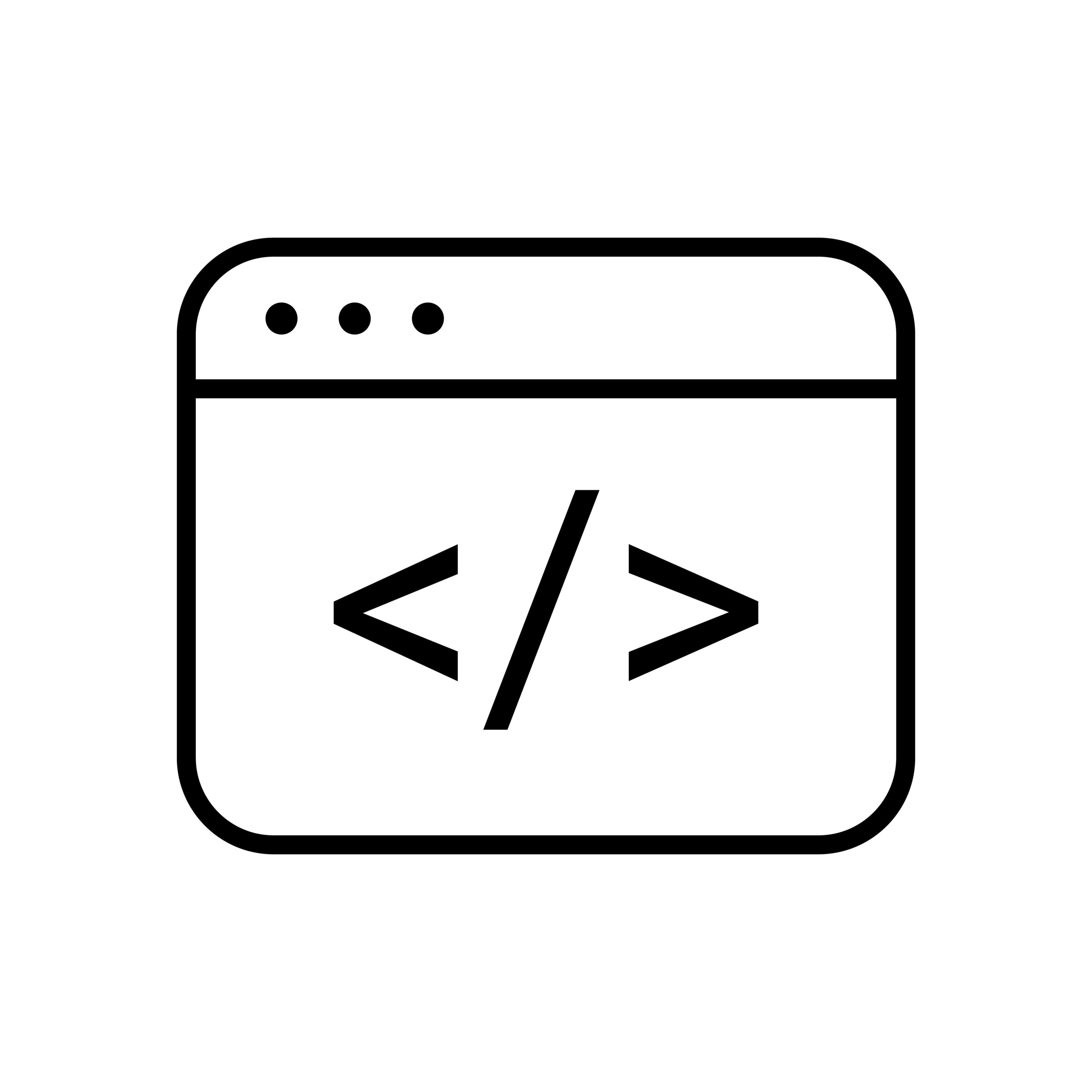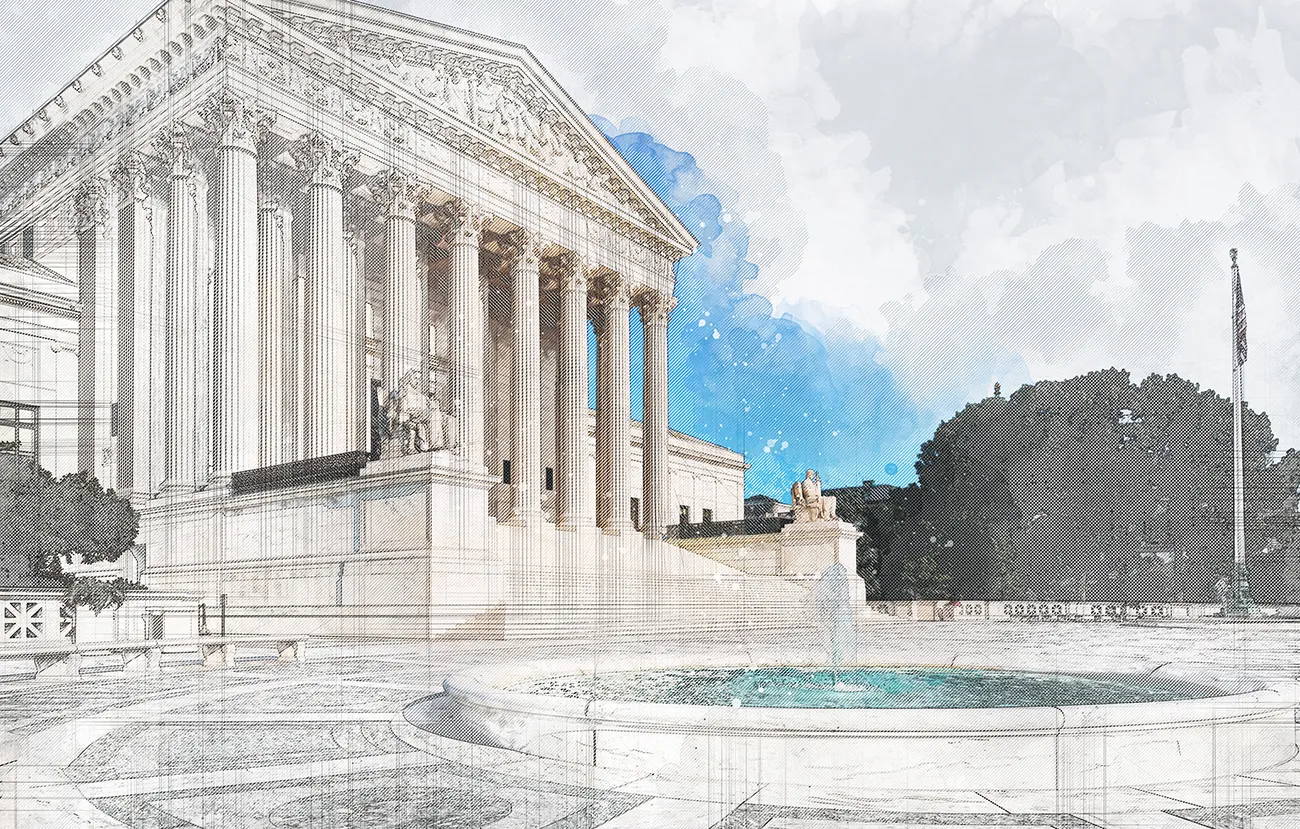8 Passages from the Supreme Court’s Aereo Decision That May Have Negative Implications for the Cloud
The long-awaited Aereo opinion is out. The Second Circuit was reversed 6-3, and it’s not encouraging for the cloud industry, as we feared. (This appears to be 2(a) in Matt’s list of possible outcomes, more of a broad reversal than a narrow reversal.)
Matt has written several posts on how this case impacts the cloud industry ([1], [2]). He explained that while the broadcasters may not intend to go after the cloud, any argument that attempts to just eliminate Aereo would also implicate cloud services. And in fact, several members of the Supreme Court were concerned at oral argument (which I attended) with the effect of this decision on the cloud, although this was not sufficiently represented in the majority opinion.
The United States government had filed an amicus brief arguing that the Court could find Aereo unlawful while simultaneously not threatening the cloud, but as Matt explained, this is not possible. (The majority, however, appears to have been persuaded by the U.S. government’s argument, as I explain below.)
Not only does this decision against Aereo potentially affect the cloud industry for legal reasons, but it is likely to deter investment in innovative new services. The certainty provided by Cartoon Network LP, LLLP v. CSC Holdings, Inc., 536 F.3d 121 (2008)) (popularly known as Cablevision) led to additional investment in U.S. cloud computing companies ranging from $728 million to $1.3 billion during the two years after the decision. (Cablevision also happens to be the case that Aereo’s business model heavily relies upon. As explained below, the majority does not cite the case, which is odd.) Today’s decision may mean that the next Aereo is unable to secure funding from investors. And that’s bad for everyone.
Some initial takeaways from the majority opinion:
First of all, the split was unique for copyright cases. The majority opinion was written by Justice Breyer, who has often been on the side of limited copyright and increased innovation. (See, e.g., his opinion in Kirtsaeng, and his dissents in Eldred and Golan.)
1. Breyer starts off by calling Aereo a “technologically complex service”
This is not a good start. That is reminiscent of the ‘Rube Goldberg’ argument, but Aereo should not be faulted for designing a system that complies with the law. The majority does not even cite the main precedent Aereo relies on, Cablevision, except for in a parenthetical. This signifies that a results-oriented decision is to follow, rather than one that follows the law. It also may implicate the broader cloud storage industry, if how the technology works does not matter to the Court.
2. “Considered alone, the language of the Act does not clearly indicate when an entity ‘perform[s]’ (or ‘transmit[s]’) and when it merely supplies equipment that allows others to do so. But when read in light of its purpose, the Act is unmistakable: An entity that engages in activities like Aereo’s performs.”
3. “In other cases involving different kinds of service or technology providers, a user’s involvement in the operation of the provider’s equipment and selection of the content transmitted may well bear on whether the provider performs within the meaning of the Act. But the many similarities between Aereo and cable companies, considered in light of Congress’ basic purposes in amending the Copyright Act, convince us that this difference is not critical here.”
Breyer’s argument in these excerpts essentially amounts to ‘it looks like a cable system, so it’s a cable system.’ This is not an easily applied standard.
4. “Finally, we note that Aereo’s subscribers may receive the same programs at different times and locations. This fact does not help Aereo, however, for the Transmit Clause expressly provides that an entity may perform publicly “whether the members of the public capable of receiving the performance . . . receive it in the same place or in separate places and at the same time or at different times.” Ibid. In other words, “the public” need not be situated together, spatially or temporally. For these reasons, we conclude that Aereo transmits a performance of petitioners’ copyrighted works to the public, within the meaning of the Transmit Clause.”
This excerpt is similar to an example in Matt’s explanation of how this decision may implicate cloud services.
5. “Aereo and many of its supporting amici argue that to apply the Transmit Clause to Aereo’s conduct will impose copyright liability on other technologies, including new technologies, that Congress could not possibly have wanted to reach. We agree that Congress, while intending the Transmit Clause to apply broadly to cable companies and their equivalents, did not intend to discourage or to control the emergence or use of different kinds of technologies. But we do not believe that our limited holding today will have that effect.”
The majority says it won’t affect new technologies because they said so. That is not a convincing argument.
6. “We have said that it does not extend to those who act as owners or possessors of the relevant product. And we have not considered whether the public performance right is infringed when the user of a service pays primarily for something other than the transmission of copyright works, such as the remote storage of content. See Brief for United States as Amicus Curiae 31 (distinguishing cloud-based storage services because they ‘offer consumers more numerous and convenient means of playing back copies that the consumers have already lawfully acquired’ (emphasis in original)).”
This is where the majority favorably cites the U.S. government brief, and its attempt to show how this won’t affect the cloud. The Court focuses on ownership, which should not be dispositive for a public performance.
7. “Finally, the doctrine of “fair use” can help to prevent inappropriate or inequitable applications of the Clause. See Sony Corp. of America v. Universal City Studios, Inc., 464 U. S. 417 (1984).”
At the end of its opinion, the majority cites Sony (aka Betamax) and the availability of the fair use doctrine, which, as the dissent points out, could suggest that Aereo can pivot to a solely time shifting service. As important as the fair use doctrine is to innovation, services should only have to rely on that doctrine when they are actually infringing copyright.
8. “We cannot now answer more precisely how the Transmit Clause or other provisions of the Copyright Act will apply to technologies not before us. We agree with the Solicitor General that “[q]uestions involving cloud computing, [remote storage] DVRs, and other novel issues not before the Court, as to which ‘Congress has not plainly marked [the] course,’ should await a case in which they are squarely presented.” Brief for United States as Amicus Curiae 34 (quoting Sony, supra, at 431 (alteration in original)). And we note that, to the extent commercial actors or other interested entities may be concerned with the relationship between the development and use of such technologies and the Copyright Act, they are of course free to seek action from Congress. Cf. Digital Millennium Copyright Act, 17 U. S. C. §512.”
In the next paragraph, the majority again cites the U.S. government amicus brief, and remains remarkably unconcerned about this case’s effect on innovation and investment in new technologies, including cloud services, especially considering the prevalence of that issue at oral argument and in amicus briefs. The Court instead suggests Congressional action, seemingly advocating for permission-based innovation, which is not the way technological innovation has typically occurred throughout U.S. history.
Some initial takeaways from the dissent:
The dissent, written by Scalia and joined by Thomas and Alito, makes many of the points that the majority’s opinion was missing. Some of them are below.
1. Aereo was sued on a direct infringement claim, and perhaps the outcome would have been different if they were sued under secondary liability.
2. Scalia recognizes that every appellate court that has considered the issue has adopted a volitional conduct theory, and cites Cablevision several times, in contrast with the majority.
3. The whole “guilt by resemblance” section is worth reading, and persuasively counteracts the ‘I know it when I see it’ cable system argument.
4. Scalia reminds the majority about the various roles of Court, Congress, and lawyers, and suggests that the majority was overstepping its role in interpreting existing law.
5. Scalia gives considerably more thought to the argument by several of Aereo’s amici (including CCIA) about how this will stifle innovation and investment in cloud. He specifically calls out the majority’s ‘because I said so’ argument about the cloud, saying: “The Court vows that its ruling will not affect cloud-storage providers and cable television systems, see ante, at 16-17, but it cannot deliver on that promise given the imprecision of its results-driven rule.”
[UPDATE June 26: For further analysis of how this decision creates uncertainty for the cloud, see DisCo’s own Matt Schruers’s post on SCOTUSblog, as part of its post-Aereo symposium.]








